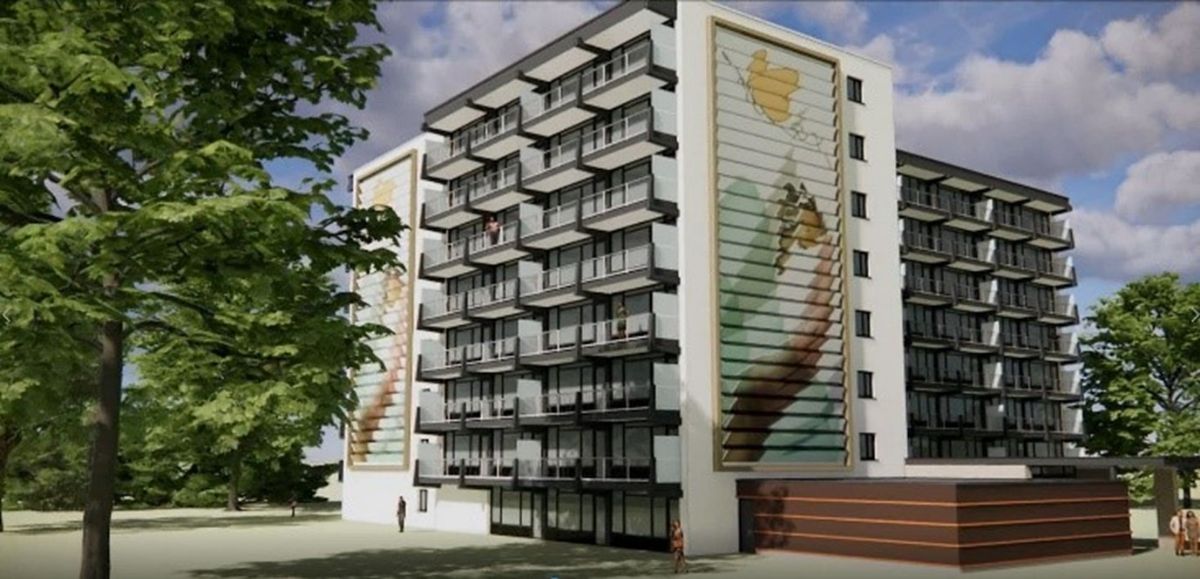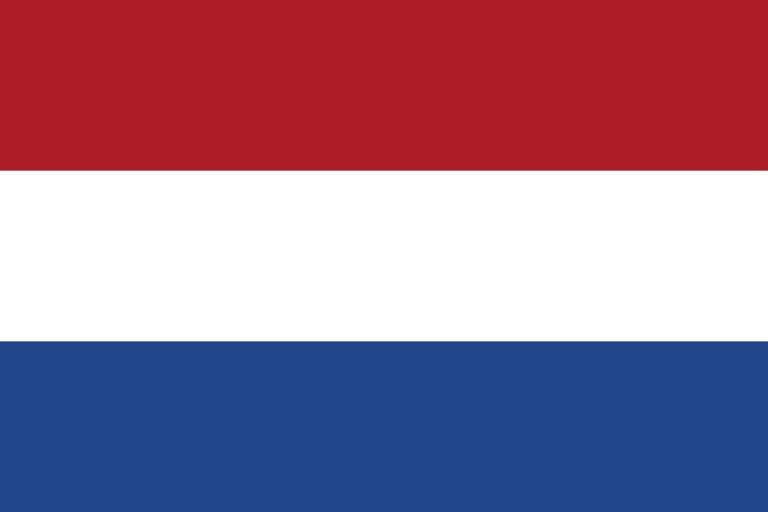Technology
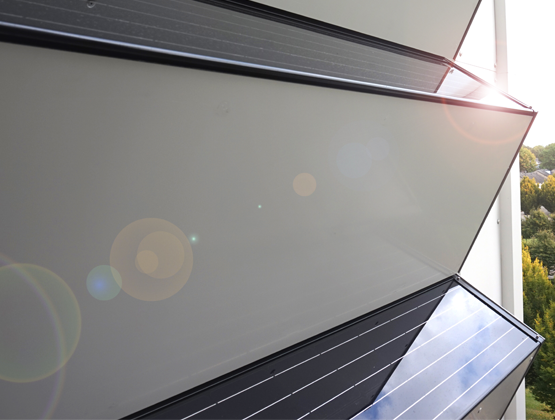
Solar façades with unprecedented design possibilities
In partnership with TNO, TU Delft, and TU/E, ZigZagSolar has created specialized simulation software for designing solar façades. This software has been validated in test setups in both controlled environments and real-world applications in the Netherlands and India.
ZigZagSolar is the only provider capable of accurately predicting the energy output of solar façades. This prediction takes into account various factors like location, orientation, surrounding environment, and horizon. By inputting these parameters, the software determines the optimal angles, number, and arrangement of panels to maximize energy production for a specific location.
The new generation of solar façades
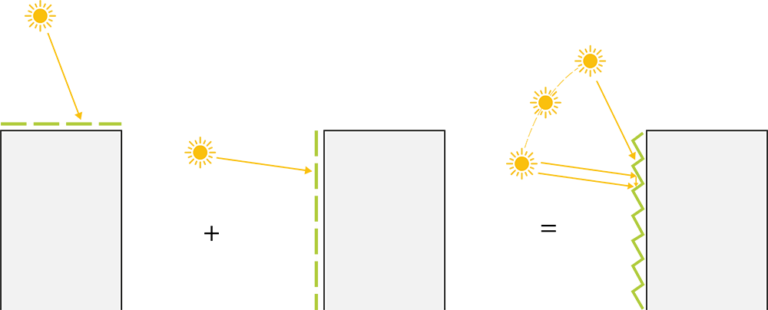
or for powering electric vehicles.
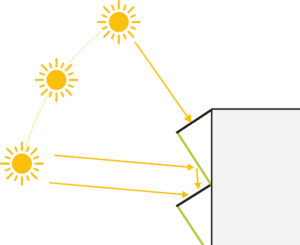
High yield when demand is highest
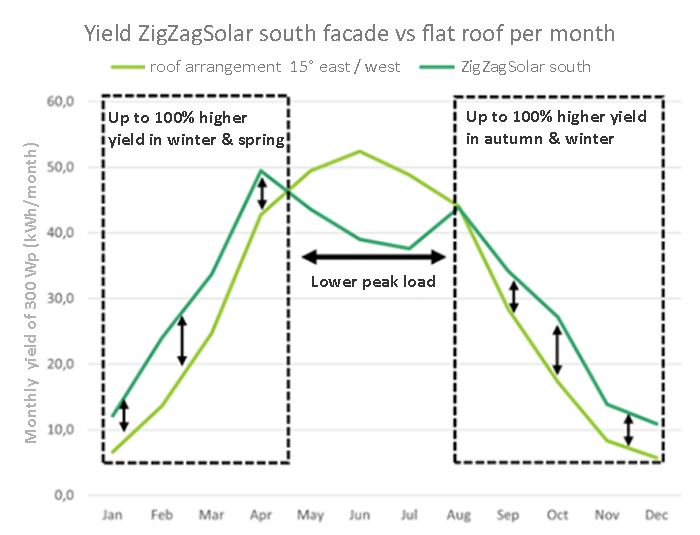
The yield of ZigZagSolar in the spring, fall and winter is significantly higher than that of the rooftop setup, at times when energy demand is high most European countries. In every month of the heating season, the yield of a solar panel in ZigZagSolar is higher than the yield of a solar panel on a flat roof. For heat pump and electric transport applications, this is a huge advantage.
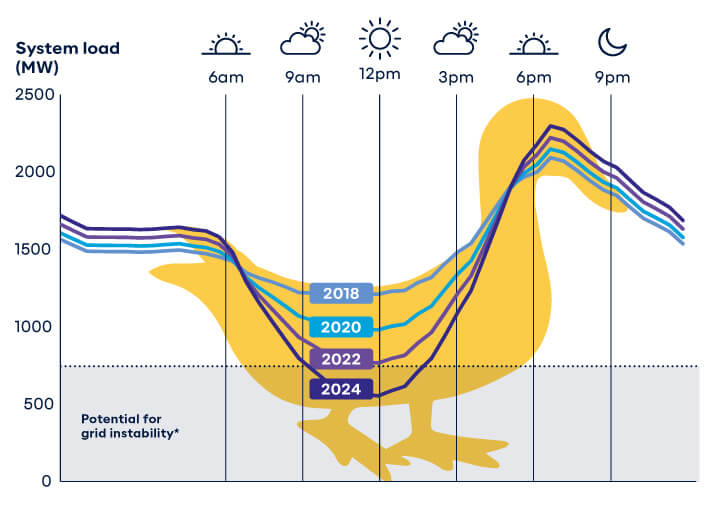
The Duck-Curve describes how the value of electricity increasingly depends on the time of day it is offered or demanded.
The more solar panels on a flat roof of a building, the lower the value of electricity in the middle of
a sunny summer day.
Solar panels on flat roofs provide little solar energy in the early morning, evening, fall, winter and spring. ZigZagSolar’s high-tech solar facade can harvest much more solar energy than flat-roofed solar panels precisely during these hours. It also reduces the overload of the power grid.
Maximum architectural freedom

